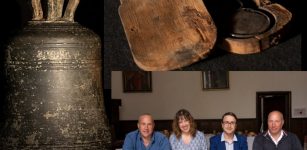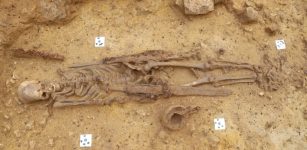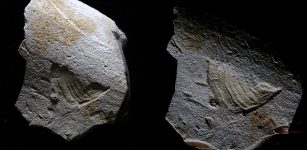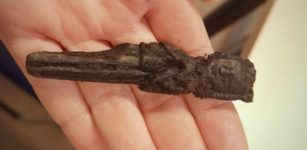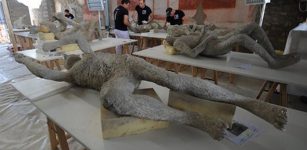Best Preserved 3,000-Year-Old Houses Ever Found In Britain
MessageToEagle.com – Archaeologists have revealed the best-preserved Bronze Age dwellings ever found in Britain, which provides an extraordinary insight into domestic life 3,000 years ago.
Dated to the end of the Bronze Age (1200-800 BC), the settlement with large circular wooden houses built on stilts above water, collapsed in a dramatic fire 3,000 years ago and plunged into a river, preserving their contents in astonishing detail.
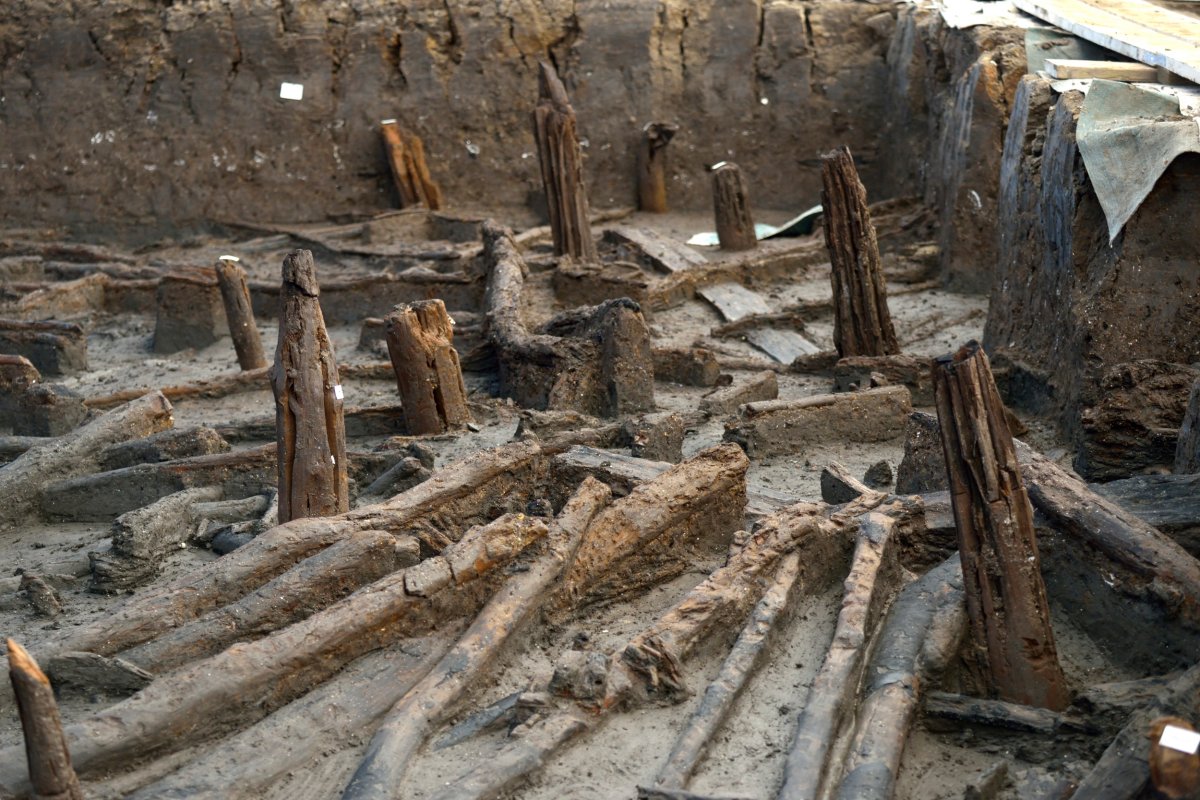
The result is an extraordinary time capsule containing exceptional textiles made from plant fibres such as lime tree bark, rare small cups, bowls and jars complete with past meals still inside. Also found are exotic glass beads forming part of an elaborate necklace, hinting at a sophistication not usually associated with the British Bronze Age.
Clearly visible are also the well-preserved charred roof timbers of one of the roundhouses, timbers with tool marks and a perimeter of wooden posts known as a palisade which once enclosed the site.
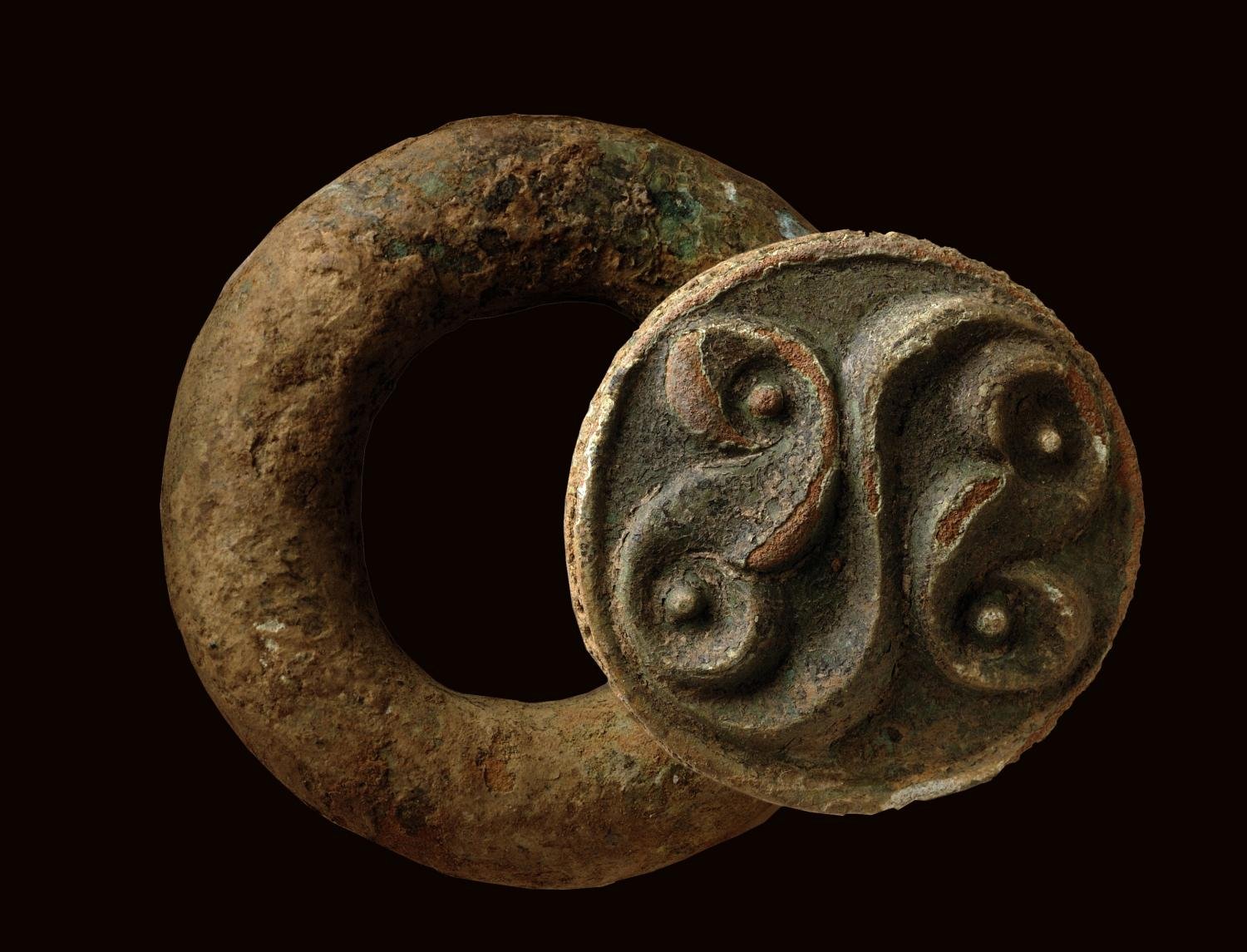
The major excavation of 1,100 square metres of the Must Farm site in Cambridgeshire, conducted by researchers from the Cambridge Archaeological Unit (CAU), will help the long-term preservation of this unique Bronze Age site with its extraordinary remains.
The excavation site is two metres below the modern ground surface, as levels have risen over thousands of years and archaeologists have now reached the river bed as it was in 1000-800BC.
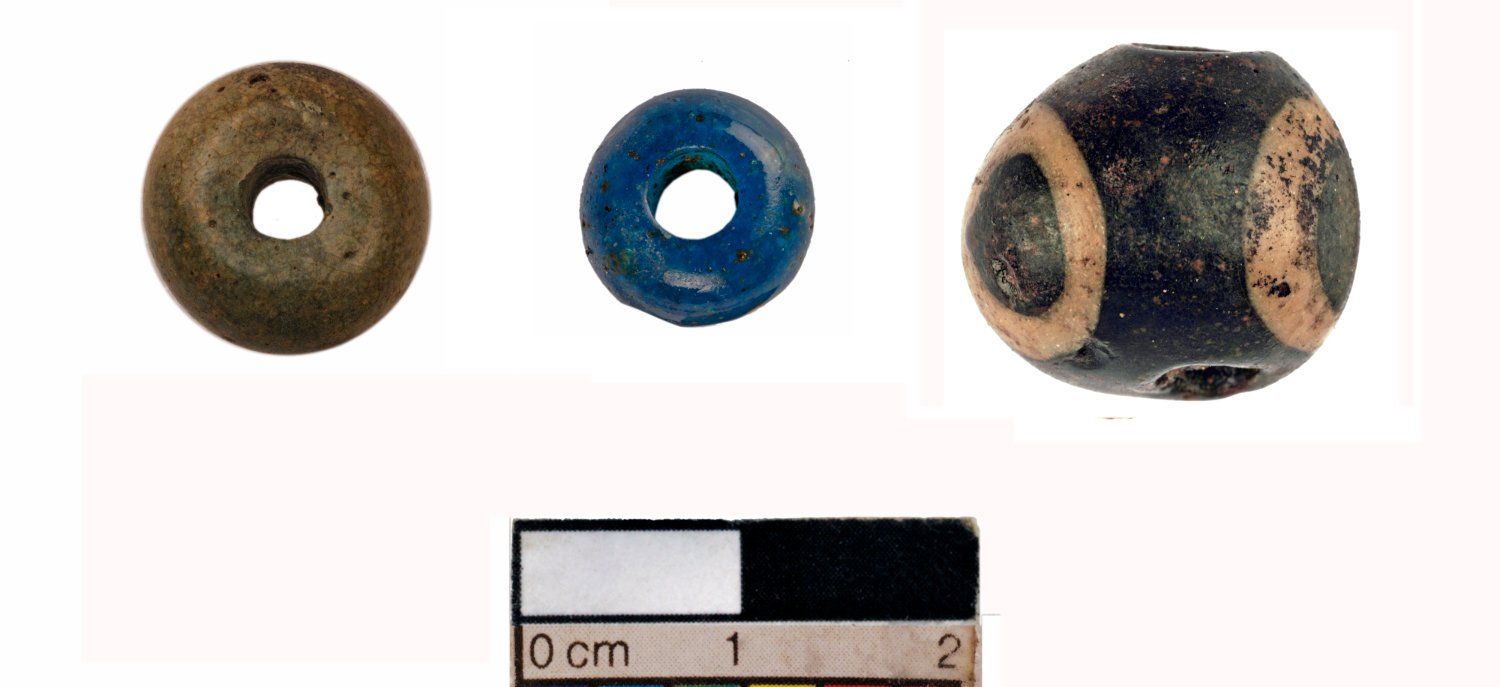
“Must Farm is the first large-scale investigation of the deeply buried sediments of the fens and we uncover the perfectly preserved remains of prehistoric settlement,” CAU’s Mark Knight, Site Director of the excavation, said.
Everything suggests the site is not a one-off but in fact presents a template of an undiscovered community that thrived 3,000 years ago ‘beneath’ Britain’s largest wetland.”
The £1.1 million four-year project has been funded by heritage organisation Historic England and the building firm Forterra. After the excavation is complete, the team will take all the finds for further analysis and conservation.
Eventually they will be displayed at Peterborough Museum and at other local venues. The end of the four year project will see a major publication about Must Farm and an online resource detailing the finds.
The site, now a clay quarry owned by Forterra, is close to Whittlesey, Cambridgeshire and sits astride a prehistoric watercourse inside the Flag Fen basin. The site has produced large quantities of Bronze Age metalwork, including a rapier and sword in 1969, and more recently the discovery of nine pristinely preserved log boats in 2011.
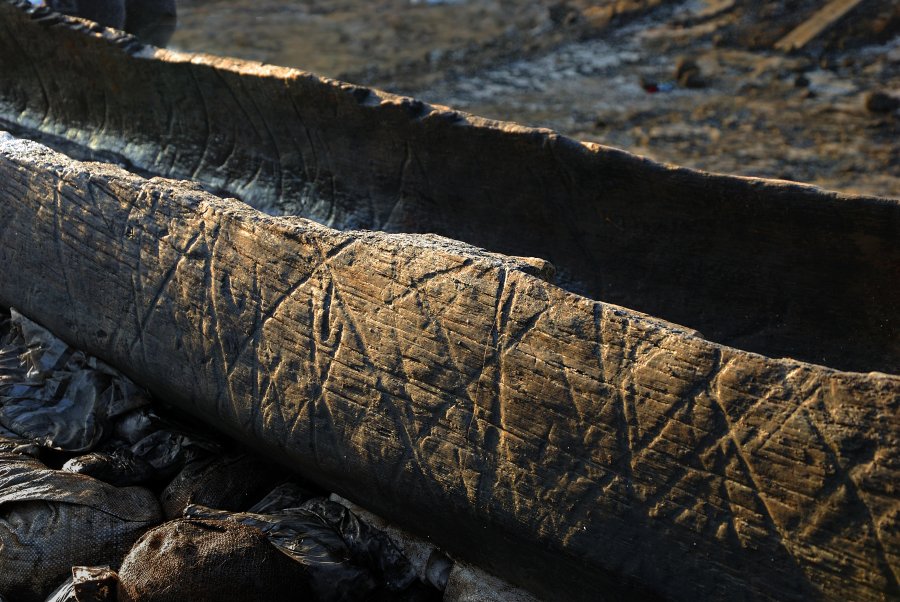
Archaeologists say these discoveries place Must Farm alongside similar European Prehistoric Wetland sites; the ancient loch-side dwellings known as crannogs in Scotland and Ireland; stilt houses, also known as pile dwellings, around the Alpine Lakes; and the terps of Friesland, manmade hill dwellings in the Netherlands.
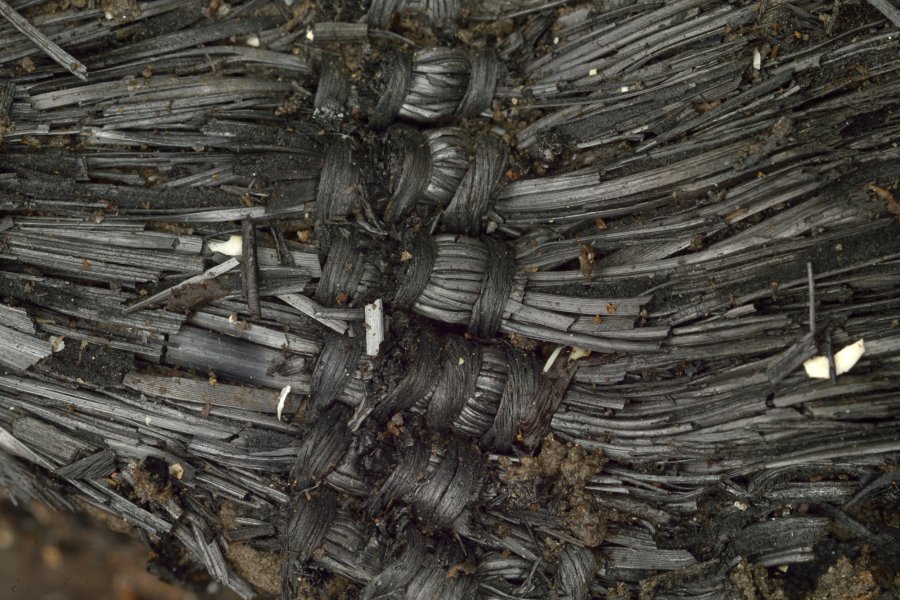
More images – here
“Usually at a Later Bronze Age period site you get pits, post-holes and maybe one or two really exciting metal finds. Convincing people that such places were once thriving settlements takes some imagination,” said David Gibson, Archaeological Manager at CAU.
“But this time so much more has been preserved – we can actually see everyday life during the Bronze Age in the round. It’s prehistoric archaeology in 3D with an unsurpassed finds assemblage both in terms of range and quantity.”
MessageToEagle.com via AncientPages.com


